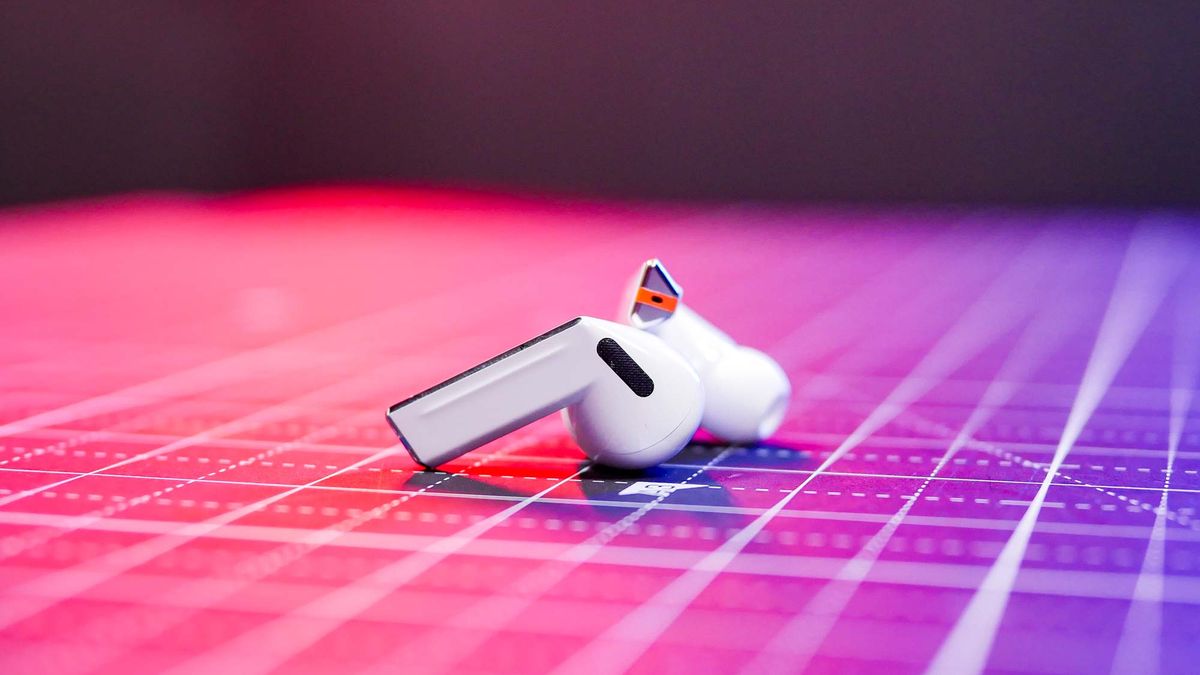For many a year, Windows users have been dragging their program windows over to the borders of the screen to snap them into position, splitting the screen up evenly into halves or quarters. Now, with the rollout of macOS Sequoia, Mac users can do the same. You can get a Spotify playlist up alongside your email inbox, for example, or a report you’re writing up alongside the online articles you’re reporting on. It means less switching between windows and more information on the screen.
Once you’ve got macOS Sequoia installed on your Mac, you can take advantage of what Apple calls window tiling. There are several methods you can use.
Use the green button
- Move the cursor up to the green zoom button to the left of any open window.
- A choice of tiling options will pop up: you can maximize the window, snap it to the side of a screen, or place it in one quarter of the screen.
- Make your choice, and the other open windows will snap into place to match (filling out the other quarters of the screen, for example).
Screenshot: Apple
Click and drag
Alternatively, you can click and drag an open window into position to tile it.
- Move the window to one edge to fill half the screen, up to the top to fill the whole screen, and up or down to a display corner to fill a quarter of the screen.
- When you use this method, only the selected window is affected, so the others don’t change to fit. Hold down the Option key while dragging to see outlines of the screen zones you can drop windows into.
Use the Window menu
The third method for window tiling is via the Window drop-down menu in whatever app you’re using.
Screenshot: Apple
- Choose Move & Resize.
- Select any of the Halves options to snap a window to half of the display size.
- Choose any of the Quarters options to snap a window into a quarter of the display.
- Pick an Arrange option to snap the current window into position and have the other windows rearranged accordingly (as with the green button method).
- Click Return to previous size to put the window back where it was.
Use keyboard shortcuts
If you want to keep your fingers on the keyboard, keyboard shortcuts are supported as well. (Note: unfortunately, there aren’t any specific keyboard shortcuts for moving windows into the quarter sections of the screen.)
Here’s the list for controlling individual windows:
- Fn + Control + F – fill the whole desktop with the window
- Fn + Control+C – center the window on the desktop
- Fn + Control + left arrow / right arrow – move the window to the left / right half of the desktop
- Fn + Control + top arrow / down arrow – move the window to the top / bottom half of the desktop
- Fn + Control + R – move the window back to its previous position and size
There are also shortcuts for moving the active window and arranging other windows to match:
- Fn + Control + Shift + left arrow / right arrow – move the active window to the left / right half and the second window to the other half
- Fn + Control + Shift + up arrow / down arrow – move the active window to the top / bottom half and the second window to the other half
- Fn + Control + Option + Shift + left arrow / right arrow – move the active window to the left / right half and the second and third windows to quarters on the other side
- Fn + Control + Option + Shift + up arrow / down arrow – move the active window to the top / bottom half and the second and third windows to quarters on the other half
Customize your tiles
Screenshot: Apple
You can customize a few aspects of window tiling using System Settings on the Apple menu. Choose Desktop & Dock to find them. You can turn drag-to-tile and the Option key shortcut on or off and choose whether tiled windows have margins between them.
Third-party window tiling tools
Several third-party tools have previously filled the feature gap when it comes to window tiling, and generally speaking, they give you more options and more control than macOS Sequoia does, at least for now — they’re not completely Sherlocked yet.
I can only speak firsthand about two that I’ve personally used. One is Magnet, which will set you back $9.99 but is very much worth it, especially if you use a larger display. You can divide the screen up by thirds and sixths as well as halves and quarters and set up trigger areas for dragging and custom keyboard shortcuts.
The other is Rectangle; the basic version is free, but if you pay $9.99 for the Pro version, you can customize snap areas and keyboard shortcuts, set up specific layouts for specific apps, and pin certain program windows into position. It’s packed with every feature you could possibly want, though I think Magnet is a little more intuitive to use.
 3 months ago
10
3 months ago
10






)













 English (US) ·
English (US) ·